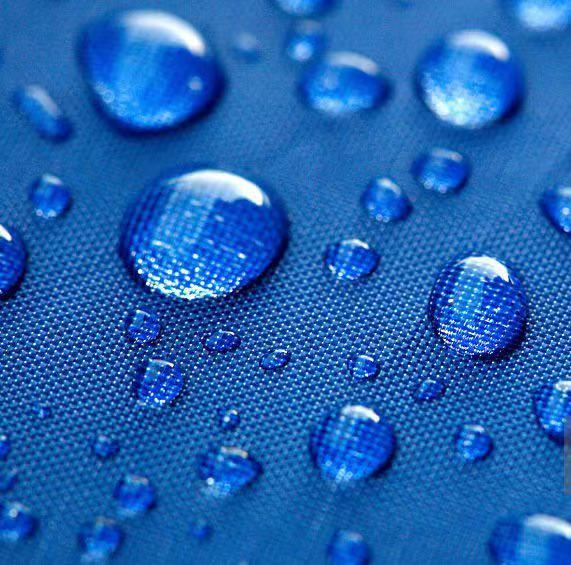Understanding Antistatic Fabrics: Why They Matter in Modern Textiles
Antistatic fabrics are specialized textiles designed to prevent the buildup and discharge of static electricity. This characteristic is crucial in a range of applications, from industrial settings to consumer products. The static charge can cause various problems, such as equipment malfunction, data corruption, and even safety hazards. Understanding the properties and benefits of antistatic fabric
Jun 27,2025

Antistatic fabrics are specialized textiles designed to prevent the buildup and discharge of static electricity. This characteristic is crucial in a range of applications, from industrial settings to consumer products. The static charge can cause various problems, such as equipment malfunction, data corruption, and even safety hazards. Understanding the properties and benefits of antistatic fabrics can help consumers and manufacturers make informed choices.
The primary function of antistatic fabrics is to dissipate static electricity. This is achieved through the incorporation of conductive fibers or coatings within the fabric. These materials can either be woven into the fabric or applied as a surface treatment. By allowing electrical charges to flow easily, antistatic fabrics help to minimize the risk of static build-up, which can occur through friction or environmental conditions.
One of the key benefits of antistatic fabrics is their role in enhancing safety in various environments. For example, in industries such as electronics manufacturing, where sensitive components can be adversely affected by static discharge, antistatic clothing and packaging are essential. Workers in these settings often wear antistatic garments to protect both themselves and the delicate equipment they handle, ensuring a safe working environment.
In addition to safety, antistatic fabrics provide comfort and performance advantages. For instance, they can help to regulate temperature and moisture, making them ideal for use in activewear and outdoor gear. Fabrics that manage static electricity tend to be more breathable and comfortable against the skin, which is particularly important for professionals who spend long hours in their work attire.
Moreover, antistatic fabrics are also beneficial in the realm of consumer products. From upholstery in cars to clothing for sensitive skin types, these textiles can improve the overall user experience. In home settings, antistatic fabrics can reduce cling and dust attraction, making them easier to maintain and clean.
The increasing demand for antistatic fabrics is driven by advancements in technology and a growing awareness of the importance of safety and comfort in textiles. As industries evolve, the need for materials that can prevent static charge accumulation will continue to rise. This trend is especially pronounced in sectors such as healthcare, automotive, and electronics, where static electricity can pose significant risks.
In conclusion, antistatic fabrics play a vital role in the modern textile industry, offering solutions that enhance safety, comfort, and performance. As consumers and manufacturers become more aware of these benefits, the use of antistatic materials is likely to expand, driving innovation and improving the overall quality of products. Understanding the properties and applications of antistatic fabrics can lead to better choices in both industrial and personal contexts.
The primary function of antistatic fabrics is to dissipate static electricity. This is achieved through the incorporation of conductive fibers or coatings within the fabric. These materials can either be woven into the fabric or applied as a surface treatment. By allowing electrical charges to flow easily, antistatic fabrics help to minimize the risk of static build-up, which can occur through friction or environmental conditions.
One of the key benefits of antistatic fabrics is their role in enhancing safety in various environments. For example, in industries such as electronics manufacturing, where sensitive components can be adversely affected by static discharge, antistatic clothing and packaging are essential. Workers in these settings often wear antistatic garments to protect both themselves and the delicate equipment they handle, ensuring a safe working environment.
In addition to safety, antistatic fabrics provide comfort and performance advantages. For instance, they can help to regulate temperature and moisture, making them ideal for use in activewear and outdoor gear. Fabrics that manage static electricity tend to be more breathable and comfortable against the skin, which is particularly important for professionals who spend long hours in their work attire.
Moreover, antistatic fabrics are also beneficial in the realm of consumer products. From upholstery in cars to clothing for sensitive skin types, these textiles can improve the overall user experience. In home settings, antistatic fabrics can reduce cling and dust attraction, making them easier to maintain and clean.
The increasing demand for antistatic fabrics is driven by advancements in technology and a growing awareness of the importance of safety and comfort in textiles. As industries evolve, the need for materials that can prevent static charge accumulation will continue to rise. This trend is especially pronounced in sectors such as healthcare, automotive, and electronics, where static electricity can pose significant risks.
In conclusion, antistatic fabrics play a vital role in the modern textile industry, offering solutions that enhance safety, comfort, and performance. As consumers and manufacturers become more aware of these benefits, the use of antistatic materials is likely to expand, driving innovation and improving the overall quality of products. Understanding the properties and applications of antistatic fabrics can lead to better choices in both industrial and personal contexts.
Contact Us
E-mail:
Address:
1302, Zhongjun Fortune Center, Fengli Street, Shishi, Fujian, China.









